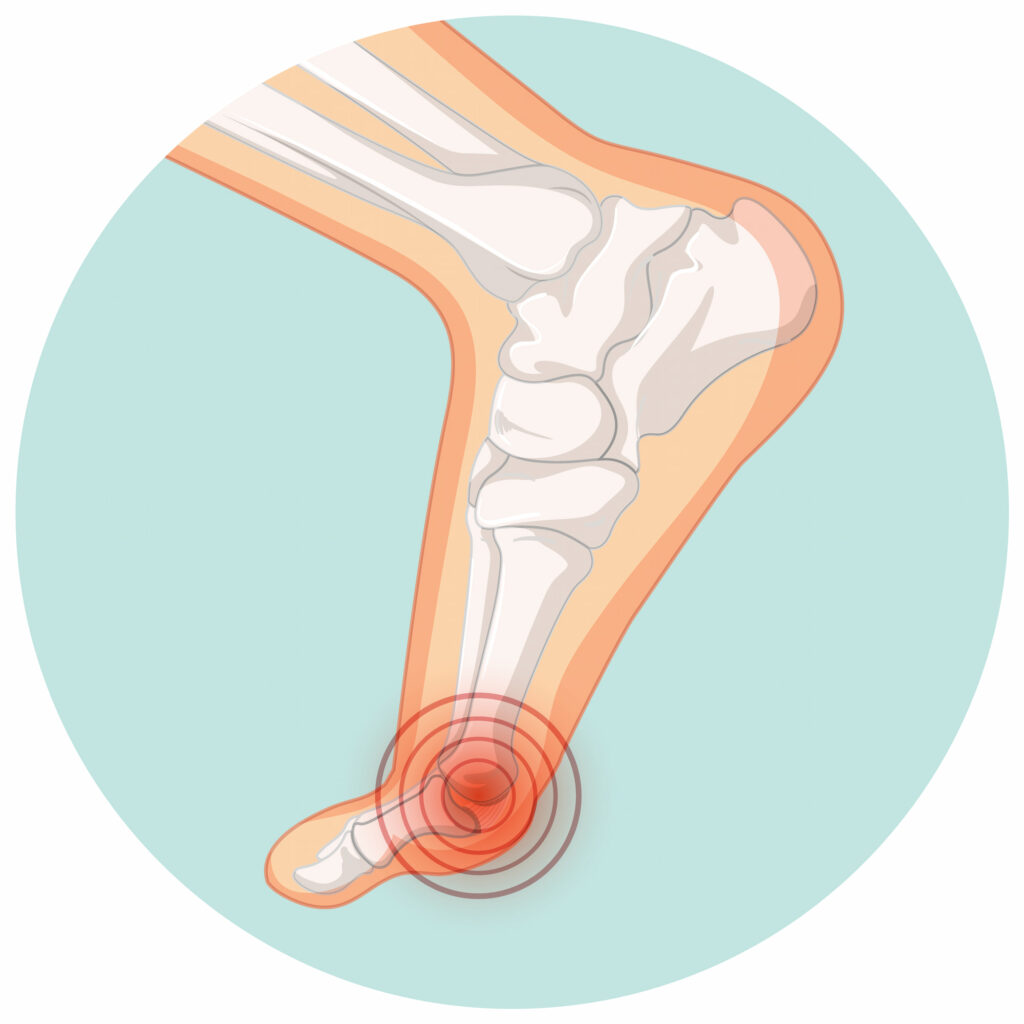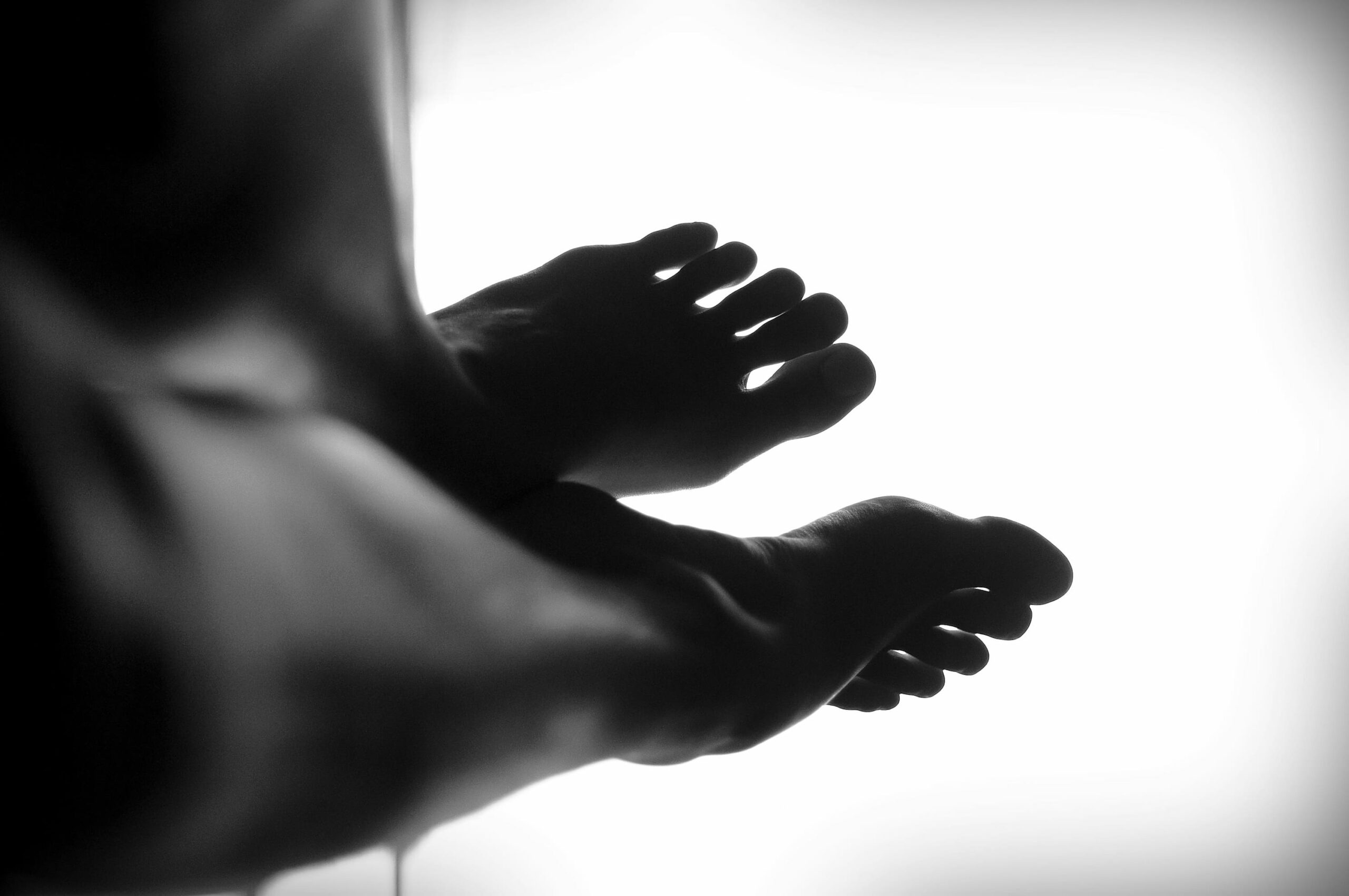Big toe arthritis, clinically known as Hallux Rigidus, is a common condition characterised by the wearing away of cartilage at the first metatarsophalangeal joint (MTPJ), or the “big toe joint.” As the cartilage deteriorates, the joint loses its normal shape, exposing the underlying bone and potentially forming bony spurs, also known as osteophytes. When this occurs, treatment for big toe arthritis may become necessary to alleviate pain and improve mobility.
What causes big toe arthritis?
- Trauma to the big toe joint can lead to post-traumatic arthritis.
- Gout, an inflammatory condition that can cause deposits of uric acid crystals in the joint.
- Long-standing bunions can contribute to the deterioration of the joint.
- Conditions like rheumatoid arthritis can also affect the big toe joint, leading to arthritis.
What symptoms would I notice?
- Pain and stiffness.
- A noticeable bump on the top of the joint, which can rub against tight-fitting shoes, causing further discomfort.
- Difficulty moving the big toe, particularly in the upward direction (dorsiflexion).

How is big toe arthritis diagnosed?
Your GP will ask you questions, examine the foot to assess pain levels, joint movement, and any visible deformities. X-rays may also be required to accurately assess the severity of the arthritis.
Treatment options for big toe arthritis
Treatment for big toe arthritis starts with non-operative options, with surgery considered when non-surgical treatments fail to provide relief.
Non-operative treatments
- Consulting with a podiatrist to choose appropriate footwear and possibly custom insoles to reduce pressure on the affected joint.
- Lifestyle changes, including weight loss and engaging in low-impact exercises, can alleviate stress on the joint.
- Over-the-counter painkillers, as prescribed by your doctor, to assist in managing discomfort.
- Cortisone injections may provide temporary relief from inflammation and pain.
Operative treatments
- A cheilectomy procedure involves removing bone spurs from the top of the joint to restore movement and alleviate pressure from tight shoes.
- An MTPJ Arthrodesis (Fusion) which involves removing the remaining cartilage and deliberately fusing the joint, making the two bones become one. Although it eliminates movement in the big toe, many patients report significant pain relief and some patients can even return to high level activities like running. However, it limits the ability to wear high heels.
See below to read more about what a big toe fusion procedure entails and the expected course of recovery:
Managing big toe arthritis with Dr Lambers
Managing big toe arthritis requires a tailored approach, and Dr Lambers will be there to provide support if your GP decides surgical options should be considered. If surgery is suggested, with Dr Lambers’ help we will aim to have you once again walking comfortably and engaging in your daily activities without pain.

